
by Krista | Mar 15, 2011 | Gulliver Tuesday
It’s hard to write about beautiful places in the face of such devastation and loss this year in Australia, New Zealand, Libya, and now Japan. So much pain and suffering, such overwhelming destruction.
I’ve been thinking about how lucky I am to be able to take a shower and brew water for my morning coffee. To have the infrastructure in place to be able to contact the people I love and know that they are OK. To have a job, a town not flattened by an earthquake, a grocery store filled with fruit, veggies, and meat.
I’ve felt sad and helpless watching the footage coming out of so many countries around our world. I wish I could be there to protect, heal, and love. I can’t do those things but I can do something, even if it’s small.
Yesterday I used my cell phone to donate to the Red Cross. It wasn’t much, but it was something, and maybe if we all give a little something it will build to a great big something that will ease the suffering of someone. Even if our donation helps one person get a water purification system or a blanket or the use of a cell phone to find a family member, it is worth it.
I wouldn’t presume to tell anyone what to do with their money. I know we all have needs and people we already know and love who need our help, but if you do have a little extra somewhere that you want to share, please consider sending it to the Red Cross or another reputable organization.
Simple text the word REDCROSS to 90999 to make a $10 donation that will be added to your monthly cell phone bill. You can make it larger if you wish.
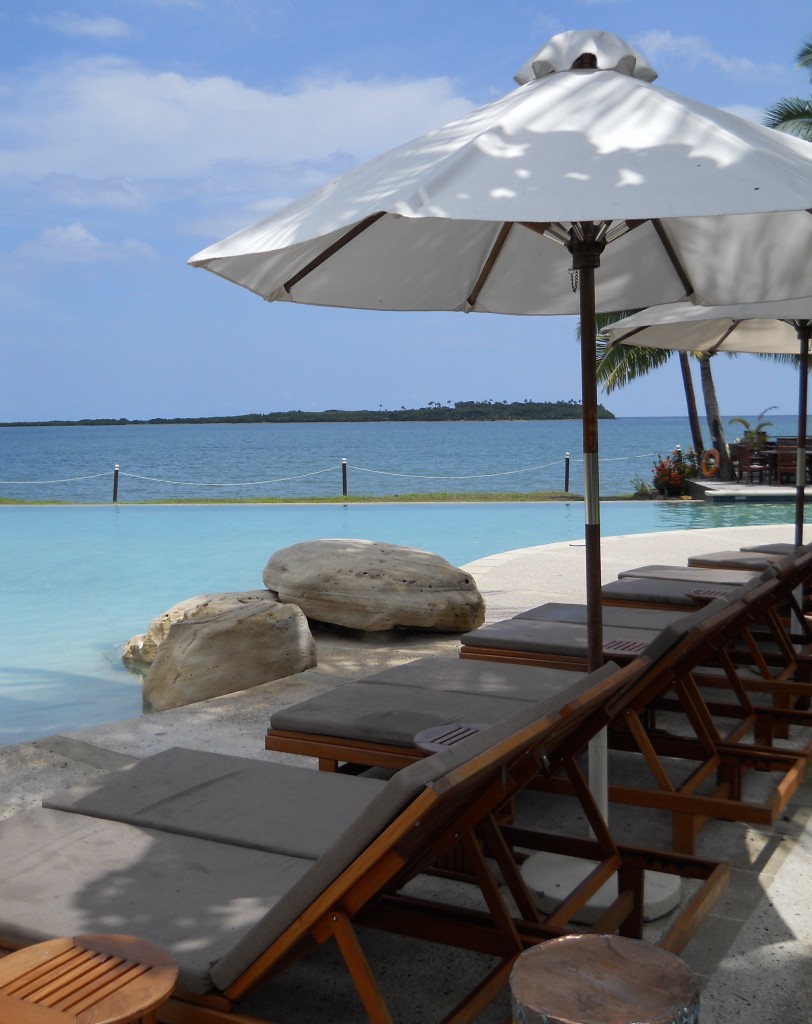
Wherever you are today, I hope that you are safe. I hope you know that you are loved, that you matter, that someone’s world is more beautiful because of you.
xo

by Krista | Mar 8, 2011 | Gulliver Tuesday
There are few things more relaxing to me than several hours spent lounging in a hammock, eyes closed, gently swaying in passing breezes.
It’s even more wonderful when that hammock is slung between two palm trees on a white sand beach in Fiji, mere yards away from the South Pacific.
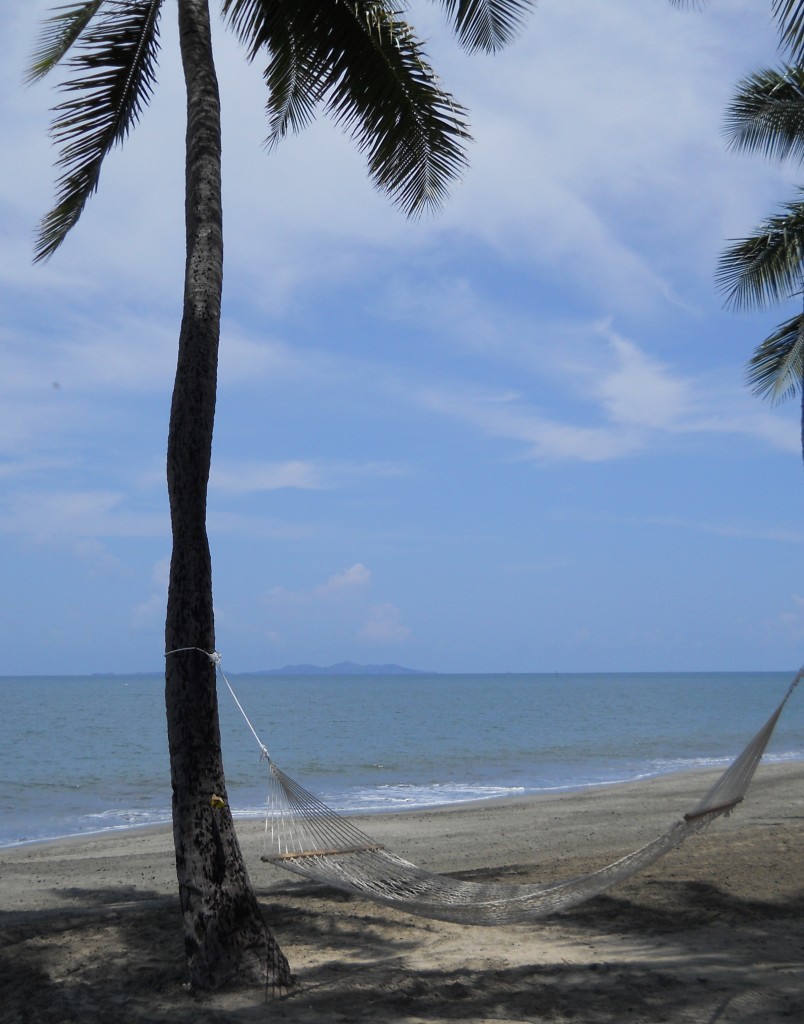
I found such an idyllic spot on my recent trip to Fiji as I was strolling the fairytale beaches of Denarau Island. Astonished that it was vacant I strode over, kicked off my shoes, and sank back into hammock heaven.
The ropes were soft with just enough give to cradle you like a newborn baby. Above me the palm fronds rustled and the gentle lap of the waves lulled me into delicious stupor.

How long I lay there I don’t know, but suddenly I heard a soft voice saying, “Bula, Madame.” I opened my eyes to find a smiling man wondering if I would like a drink from the hotel bar nearby. I only had to think for a moment before grinning and requesting a glass of fresh mango juice. Perhaps it’s because my first trip to Fiji coincided with Mango Week in all the restaurants, but nothing quite says vacation to me like a frosty glass of cold, freshly pressed mango juice.
When he brought it to me moments later in a turquoise goblet, my bliss was complete.
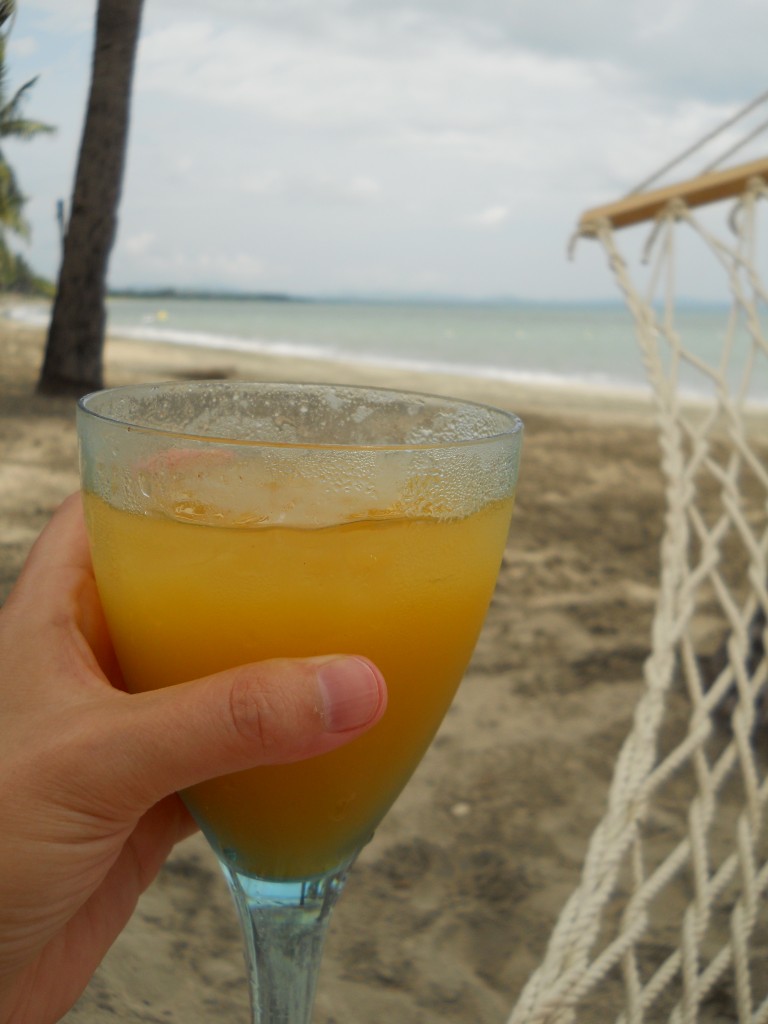
I’ve returned to that hammock many times, usually with book, towel, and swimsuit in tow, delighting in peaceful afternoons of reading, swimming, snoozing, and just gazing out to sea.
Here are a few lessons I’ve learned in how to really enjoy a hammock in Fiji:
- Go to the bathroom BEFORE finding your hammock. Don’t let the call of nature force you to give up your place to other marauding vacationers.
- Stake your claim first thing in the morning. Hammocks are treasured spots along the beach. Getting up and about while others sleep in is the most reliable way to secure one.
- Go at noon or dinner. If you just can’t pass up a morning sleeping in to the sound of waves crashing, go scouting for a hammock when folks are otherwise occupied with eating.
- Bring a well-stocked beach bag: water, snacks, great book, journal and pen, towel, sunglasses, sun hat, camera, room key, sunscreen, and watch.
- Spread your towel on your hammock to keep your hind quarters from looking like they’ve been branded by said hammock.
- Tuck your beach bag under a corner of your towel so you can nap without worrying about your belongings.
- Then lay back, close your eyes, and let the sea breezes rock you to sleep.
What is your ideal scenario for relaxing?

by Krista | Mar 1, 2011 | Gulliver Tuesday
While I dearly love Australia’s gorgeous beaches and stunning bush country, I also like simply wandering through small Queensland towns like Clifton, Allora, and my personal favorite, Warwick.
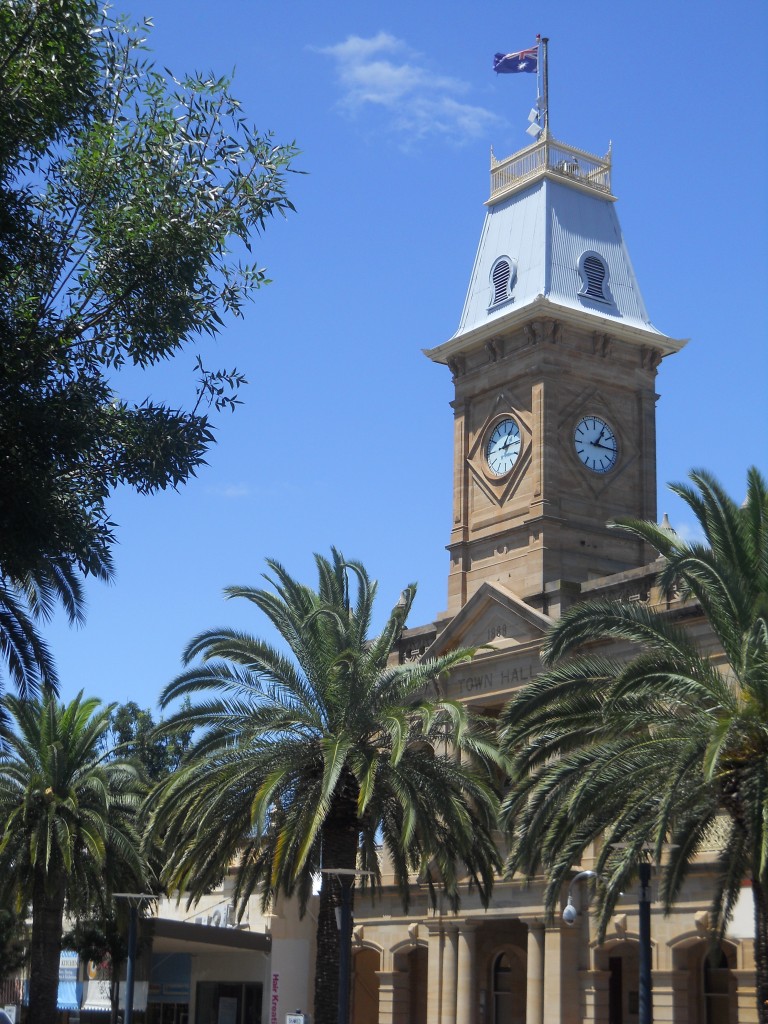
Warwick looks like the movie set for Western classics, especially if you raise your eyes above street level to the marvelous balconies, railings, and cupolas of the dozens of fabulous old hotels, theaters, and government buildings. The elegant Town Hall (see above) was built of local sandstone in 1888. One of the oldest local authority buildings in Queensland it features a stately clock tower.
My first visit to Warwick was on a blazing hot summer day. After strolling along the main drag in the withering sun it was time for a cold drink. My friend and I nipped into the Criterion Hotel, found perches on rickety wooden stools, and ordered Lemon Lime and Bitters. I happily guzzled my frosty drink and amused myself watching the locals chatting away at the bar and playing pool in a nearby room. I confess I was slightly disappointed at the dearth of wooden legged cowboys, bush rangers, and sheriffs with shiny tin badges, but a girl can’t have everything.
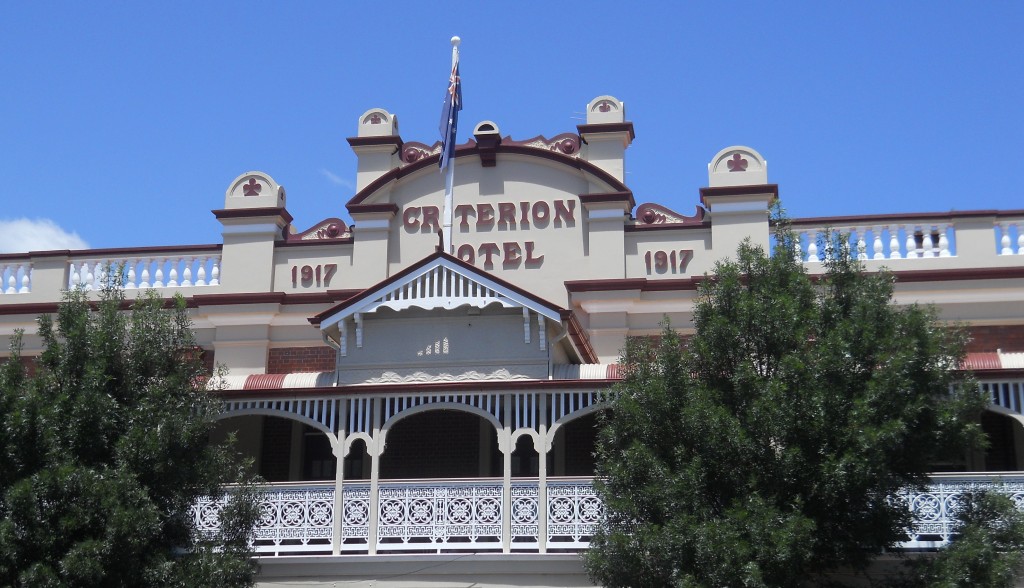
Warwick is located 162 km southwest of Brisbane and is the major commercial center in the Darling Downs. Established in the mid-1800’s, things really got moving in Warwick with the arrival of the railroad from Ipswich in 1871.
I love that Warwick shot to fame with the hurling of a well-aimed egg at a visiting dignitary.
It was 1917 when The Little Digger, Prime Minister ‘Billy’ Hughes visited Warwick to press his case for conscription. The townsfolk, along with the majority of Australians, were against the idea, and one fellow showed his disapproval by launching an egg at the Prime Minister. Hughes was furious and insisted the egg thrower be arrested by the local policeman. The copper refused saying that as no Queensland law had been broken, he could not arrest the offender. Legend has it that this incident and the stubbornness of the policeman led directly to the establishment of the Commonwealth Police Force.
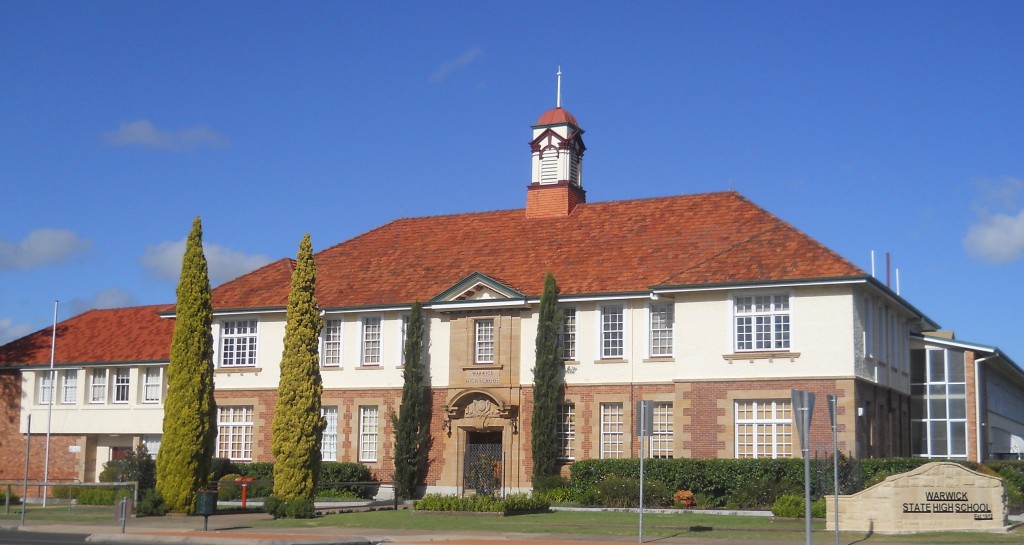
Nowadays Warwick is known more for its weekly Pig and Calf Sale (click here to read my article on this marvelous event), Rose Festival, and the annual Warwick Rodeo than egg-throwing miscreants.
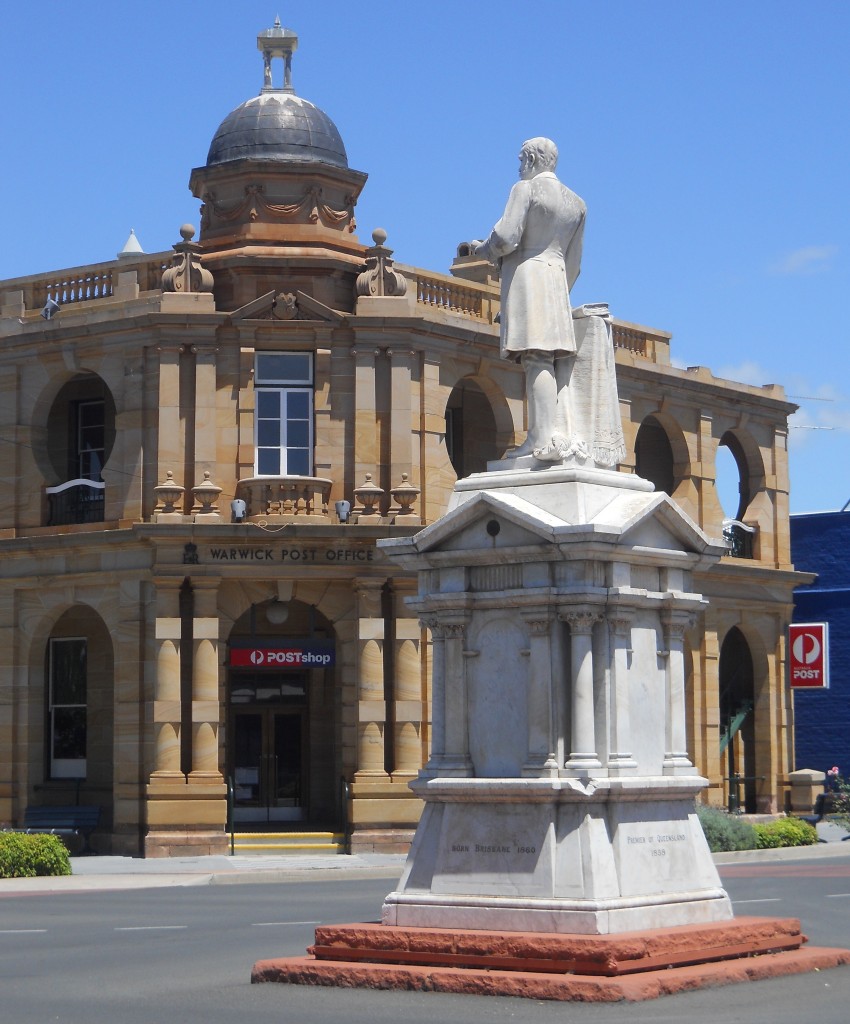
I’m so glad that towns like this still exist, providing beautiful buildings and broad, tree-lined streets for folks to enjoy on a sunny Saturday afternoon.
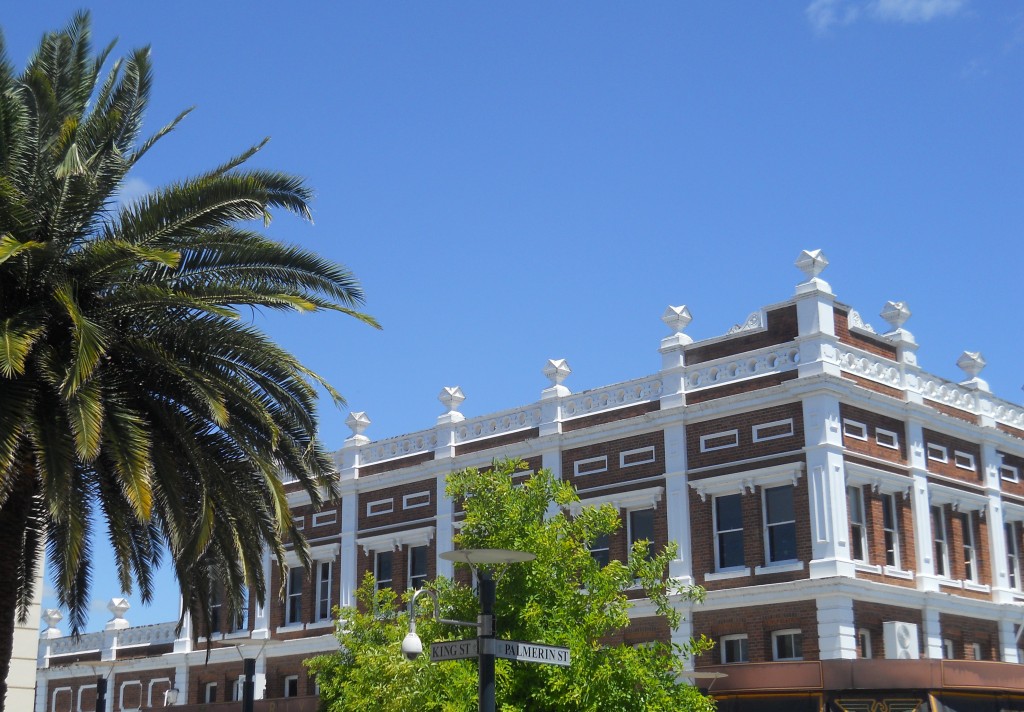
How To Enjoy Small Town Australia
- Wear comfortable shoes and a wide-brimmed hat.
- Wear sunscreen!
- Stop often in local cafes, pubs and restaurants to sample local drinks and regional dishes.
- Take time to visit local museums and get to know the colorful history behind otherwise stodgy buildings and meaningless monuments.
- Don’t be afraid to ask locals to tell you more about their town. You’ll get stories to entertain you for hours.
- Time your visit to take in local attractions. A few minutes online will give you all the information you need for local markets, fairs and festivals.
For more information on Warwick, visit: http://www.warwickevents.com/
What is one thing you’d tell a visitor to see in your town?

by Krista | Feb 22, 2011 | Gulliver Tuesday
It was a bitterly cold December day in Germany as my family and I bundled up in scarves and woolens, and drove to the historic city of Ulm.
Home to a magnificent cathedral and a fabulous Medieval Christmas Market (I wrote about it here), it also boasts the World’s Largest bread museum: Museum of Bread Culture (Museum Der Brotkultur).
Now I must take this moment to give kudos to my family for actually following me when I excitedly beckoned them down a narrow alley with the words, “Hey guys, look! It’s a Bread Museum!”
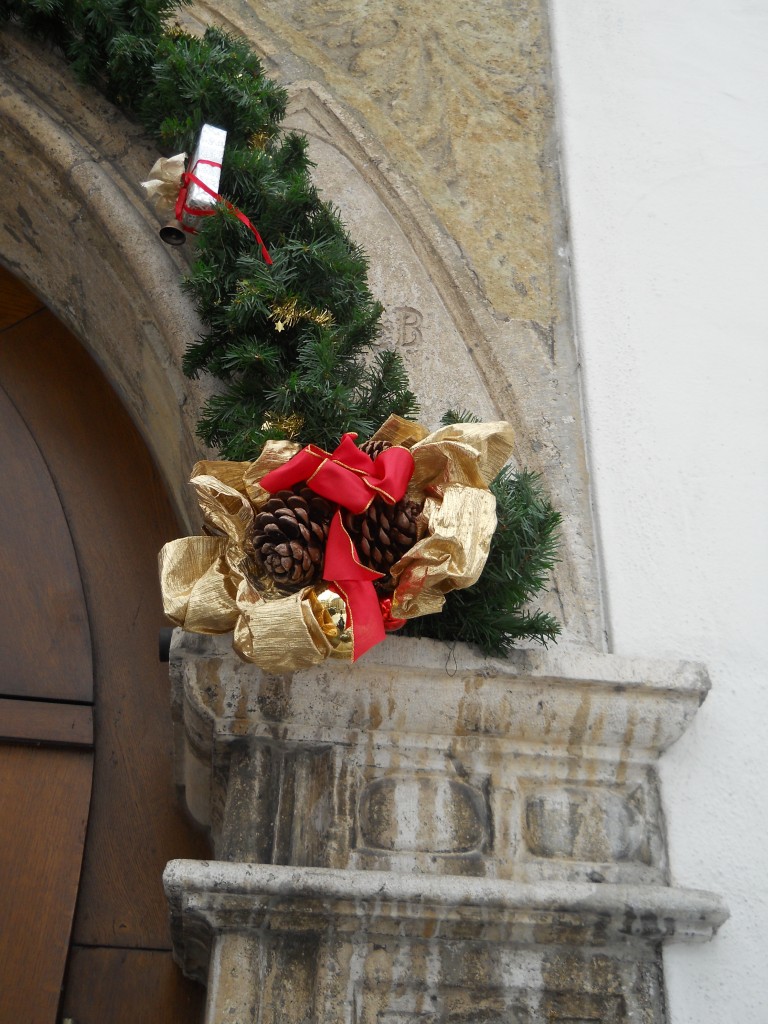
With amused shakes of their heads and shrugs of “why not” we all trooped in out of the cold, thoroughly delighting the concierge who grinned happily at our arrival.
For a mere 3.50 Euro we were given headphones for an audio tour of the huge 5-story historic former storehouse.
In all honesty we did not expect much from a bread museum, but it turned out to be quite fascinating and well worth the modest admission fee.
The first floor featured miniature kitchens and bakeries as they would’ve looked down through the centuries. I loved the large, open ones with gleaming copper pots hanging from the walls and shelves lined with pewter plates. The audio guide brought the place to life, enriching each scene with great stories and informative history.
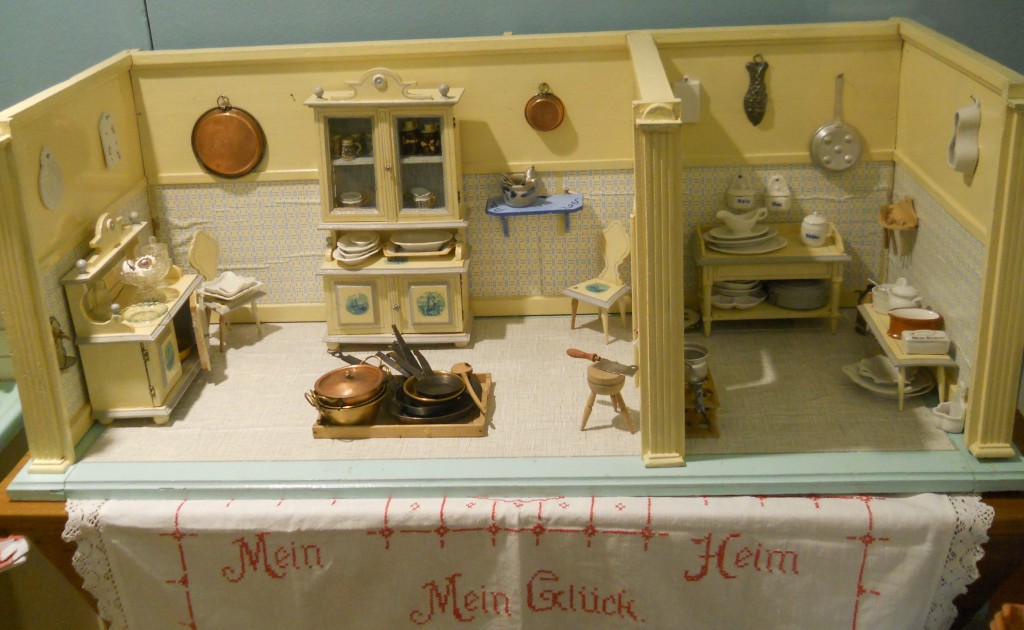
Other floors featured historic displays explaining the importance of bread in society and culture. I was intrigued and horrified to learn how politicians such as Adolf Hitler and Stalin used bread as an effective yet devastating tool of manipulation with the people they ruled. I was staggered by the pamphlets actually distributed by the Nazi government with recipes for how to make bread out of WOOD! I can scarcely imagine the desperation that would lead people to chop, soak, shred and pulverize wood into “flour” just to have something to feed their family for dinner.
I loved seeing the paintings depicting warm family scenes, children clustered around the kitchen table while their beaming mother slathered thick butter onto their slices of bread. I was charmed by the exquisite old art work, gorgeous silver platters and wonderful wooden bread bowls. They made me want to roll up my sleeves then and there to start kneading and shaping yeasty loaves of bread.
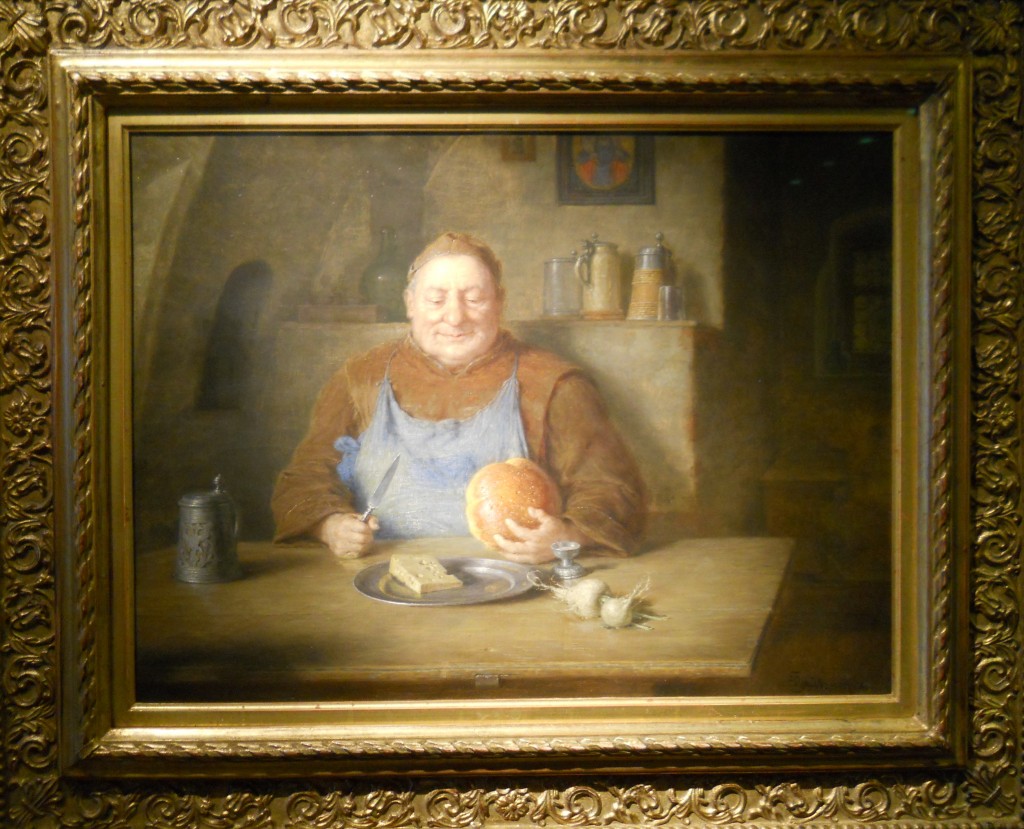
I also enjoyed the dioramas that showed bakeries as they looked in medieval Europe, ancient Egypt and bustling Rome.
I have often wondered what it would be like to grind grain by hand, and at the Museum of Bread Culture I got my chance. Gripping a heavy stone with both hands, I twisted and pounded it against the grains skidding across the surface. After only a short time my hands and arms were wearing out and I was filled with gratitude for folks like King Arthur who package flour for me without any of the stones and grit previous generations had to deal with.
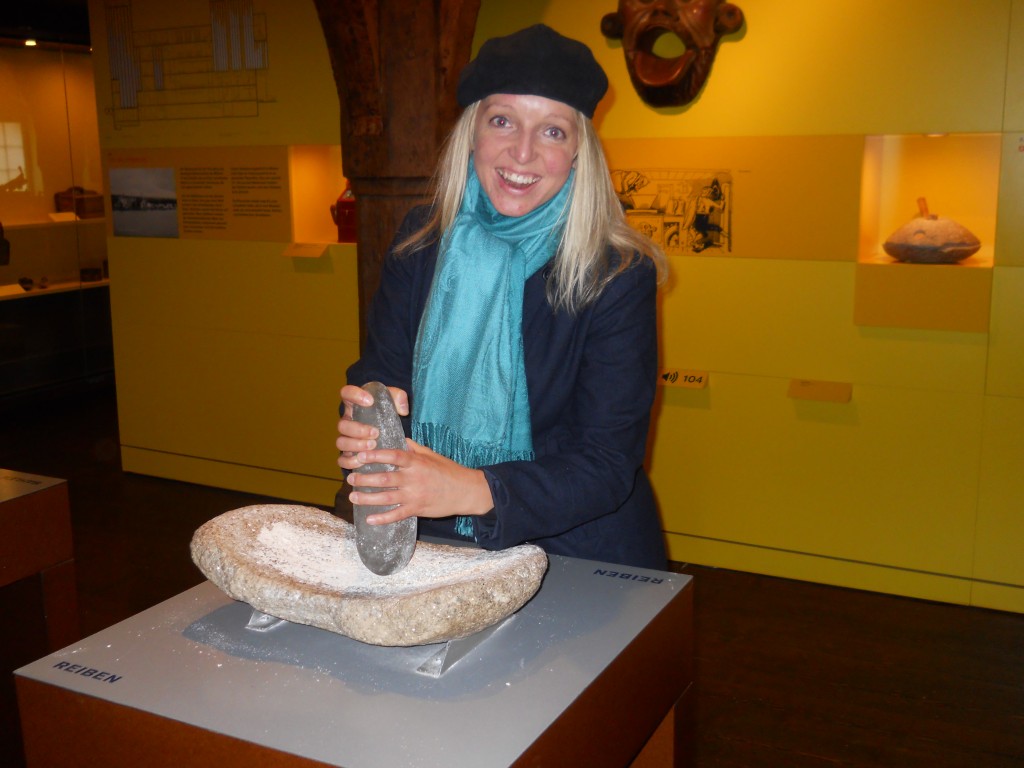
There is one thing we did not find at the Museum Der Brotkultur: bread. It was the belief of the founders of the museum, father and son Willy and Hermann Eiselen, that bread is not a museum artifact, but a food that ought to be freshly baked and enjoyed each day.
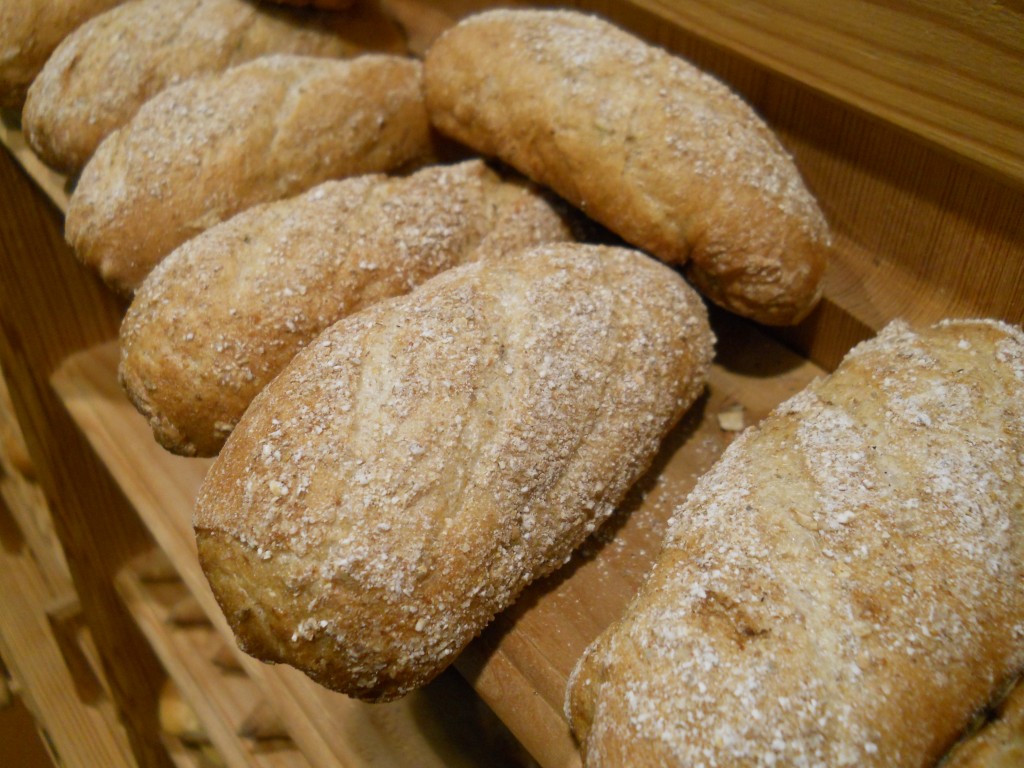
If you have a hankering to peruse a German bread museum one day, here are a few tips to make it worth your while.
- Eat before you go. Trust me, before you’re even half way through this place you’re going to be craving bread something fierce! Don’t worry, there are plenty of cafes just down the street.
- Take your time. There is much to see and learn. Find new types of bread you’d like to try or learn stories you can share the next time you bring a fresh-baked loaf to a friend.
- Get the audio guide in your language. This was an invaluable asset to my jaunt through the museum and you can skip ahead easily if the topic being discussed is of little interest to you.
- Wear comfy shoes. It’s a long trek through five floors of displays and you don’t want to miss out because your feet are sore.
- Visit a local bakery after you’re done. The bread will taste even more delicious after learning the history that precedes it.
I left the museum that day with renewed thankfulness for the prosperity and security of my country that not only allows me to eat bread each day, but lavishes me with fruits, vegetables, quality meat and all sorts of delicacies previous generations and current nations could only dream of. We are truly blessed.
Museum Der Brotkultur Information:
LOCATION:
Salzstadelgasse 10
89073 Ulm (Germany)
Phone: +49 731 69955, Fax: +49 731 6021161
E-Mail: info@museum-brotkultur.de
The museum is centrally and conveniently located in the Salzstadel, a historic storehouse (dated from 1592) on the northern edge of the Old City.
Parking in “Salzstadel” underground car park, entrance via Olgastrasse.
Parking for coaches next to the museum.
10 minutes walk from the main railway station or 5 minutes from Ulm Minster.
OPENING TIMES:
Open daily 10 – 17
ADMISSION PRICES:
Adults 3.50 €
Children 2.50€
Senior Citizens / Students / Visitors with Disabilities 2.50 €
Guided tours in English by prior arrangement 45,-€.
info[at]museum-brotkultur.de

by Krista | Feb 15, 2011 | Gulliver Tuesday
My Aussie friend Ann was working in her Queensland garden when she heard her dog barking fiercely. Getting up she wandered over to see what the fuss was, and saw movement under a pile of grass clippings. Thinking she saw a harmless blue-tongued lizard, she bent over and brushed away the grass. Suddenly a venomous brown snake shot out straight at her. Before she could even react her dog leaped in front of her, grabbed the snake mid-air and broke its neck. Her heart pounding a mile a minute, Ann praised and hugged her dog. It wasn’t until a while later that he collapsed in the doorway. In his heroic protection of Ann, he’d been bitten. She rushed him to the vet and $700 later, he was alive and recuperating.
“The funny thing is,” chuckled Neil, Ann’s husband. “if Ann had been bitten, it would’ve cost less to have her fixed up!”
But with a dog like that, you do everything you can to make sure they’re OK.
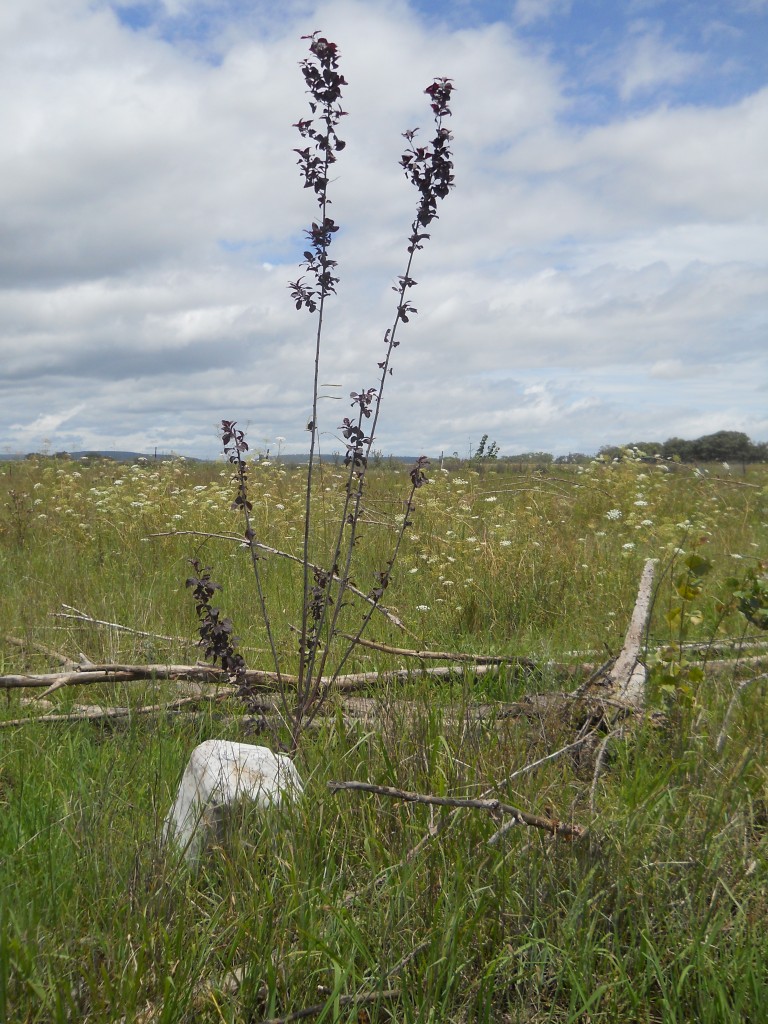
When I arrived in Australia this January I was scared of two things: snakes and spiders. Reading Bill Bryson’s fabulous book “In A Sunburned Country” had given me a holy terror of venomous things awaiting me at every turn. My Aussie friends thought this was hilarious.
Nearly every person I met had startling stories of snakes leaping at them from the feed bin or slithering down from under the hood of their car, yet they told them with laughter and shrugs of shoulders as if there was nothing to worry about. Heavens!
They assured me that snakes (referred to as Joe Blakes or wrigglies) were hardly ever seen in town and rarely in the city. This afforded me little comfort since I was spending my entire trip in the country, so I did what any sensible person would do: ask for advice on how NOT to be bitten by snakes in Australia.
Their response: “Stay out of Australia.”
Helpful buggers, aren’t they? 🙂
Although Australia has some of the most venomous snakes in the world (click here to see shiver-inducing photos), my friends informed me that more people get injured or killed from honeybee stings and horseback riding accidents than from snake-bite. There are even more injuries from car accidents than snake bites (which doesn’t say much for Aussie driving! ;-)). In fact, according to the splendid Birgit from Outback Australia Travel Secrets, when snake bite fatalities per million inhabitants are compared, they are higher in the United States than Australia. Phew!
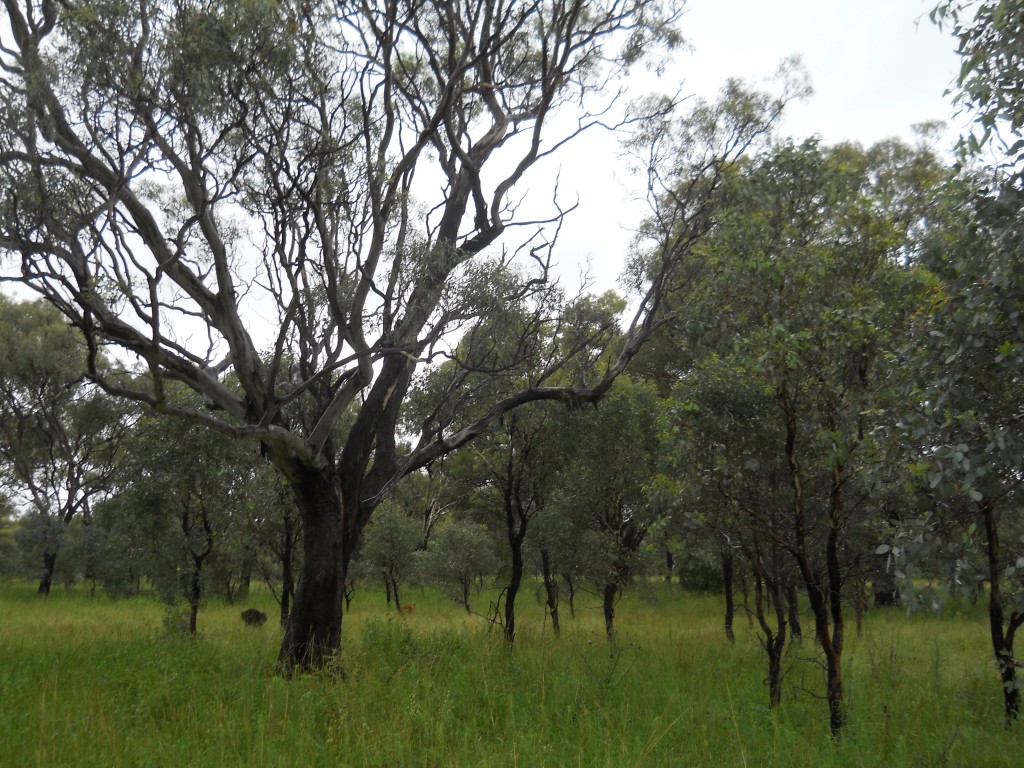
So, dear ones, here is how NOT to be bitten by snakes in the Australian countryside:
- Wear sturdy shoes/boots. Sandals, bare feet or flimsy shoes are not adequate protection.
- Bring dogs with you. They are marvelous snake-hunters and protectors. They’re also excellent at giving warnings, offering you the chance to take a different path.
- Carry a good stick. Aussie “bushies” (folks who live in the country) always have “snake sticks” scattered around their farms. The best ones are shaped like a hockey stick giving you both distance from the snake and a flat surface with which to bash him. As my friend Robbie said: “It’s very good at making two snakes out of one.”
- Make a bit of a racket. Use your walking stick to pound the ground regularly and don’t be bashful about stomping your feet. The vibrations will warn the snakes of your location and approach, giving them time to scurry away. They are naturally shy creatures and will only attack if they’re startled or feel threatened.
- Don’t just stand there. If you see a snake, hoof it in the opposite direction. Their eyesight isn’t so good and they may mistake you for a tree and attempt to hide around your ankles.
- Be observant. Snakes are most often to be found near their food source – mice, frogs, and small animals. This includes creeks, ponds and lakes, long grass, deadwood, and feed bins. Don’t go “fossicking about” with your hands in the grass, don’t reach into hollow trees, or stick your hand into dark spaces where you can’t see what’s inside.
- Get out of their way. Snakes don’t want to see you any more than you want to see them. If you see one, keep off his path.
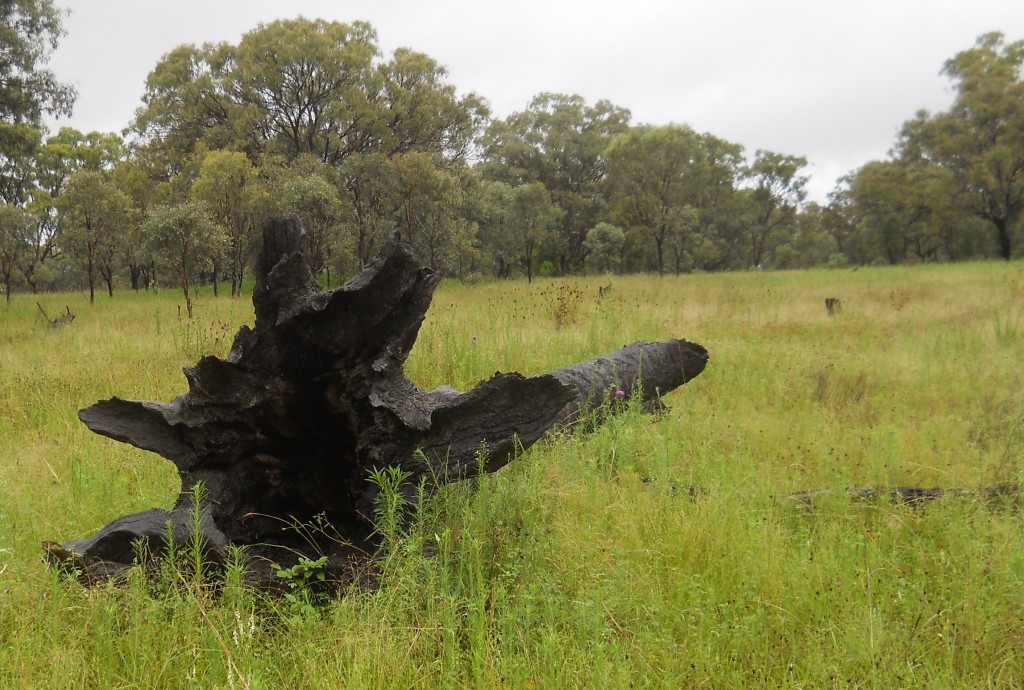
After all my fretting, I actually didn’t see a single snake. Not one! I hiked in the bush, tall grass, by creeks, ponds, rivers and lakes, but no snakes. I guess all that stick-pounding, boot-stomping, and dog-guarding really does the trick. 🙂
Are you scared of snakes?

by Krista | Feb 8, 2011 | Gulliver Tuesday
I awoke one morning in Fiji to find the grass outside my room sprinkled with these stunning flowers. It’s the sort of thing you dream about but never see, and I was utterly charmed.
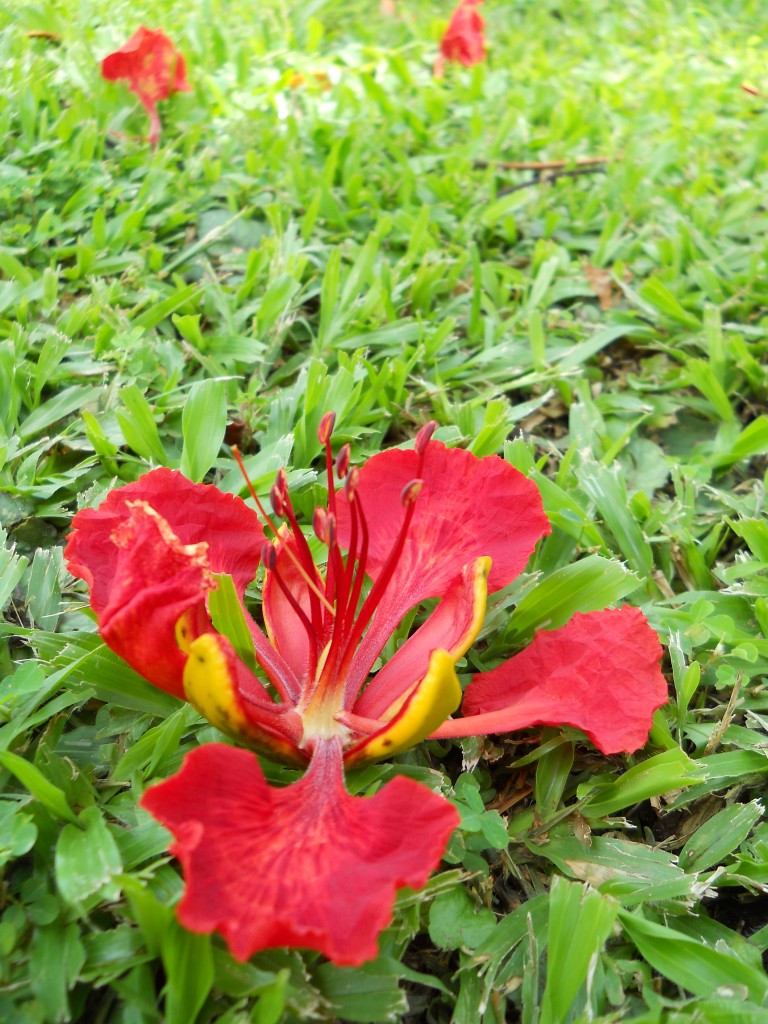
A couple of weeks ago my friend Corrie encouraged me to start jotting down my dreams every week. Not the ones my vivid imagination conjures up at night, but the dreams that are closest to my heart, the things I would do, try and experience if I was allowed to do anything in the world.
Yesterday, as the sun finally came out in rainy Washington, I sat in my armchair in a beam of sunshine and began to write.
I confess it was hard at first. Each thought that came into my head was immediately squelched by an “oh that’s not very practical” or “you don’t have the money for that” or “so and so wouldn’t approve at all!” But I kept shushing those naysayer thoughts until my deepest desires bobbed happily to the surface. From the silly to the sublime they came, and soon I couldn’t write fast enough.
Suddenly I noticed I was grinning like a Cheshire cat. 🙂
How lovely it was to let my imagination go wild and picture such good things as being debt-free and healthy or quirky things like building my own adult-sized tree house and traveling First Class on the Orient Express while sipping Earl Grey tea and reading Agatha Christie.
Some of my dreams may never happen, but simply writing them down got my mind whirling about ways to maybe, just maybe, make them happen. I feel inspired, creative, and excited about the future, whatever it may hold. Thank you, Corrie.
Do you have any “silly” dreams? Is there one thing you could do today to get closer to making that dream a reality?
























